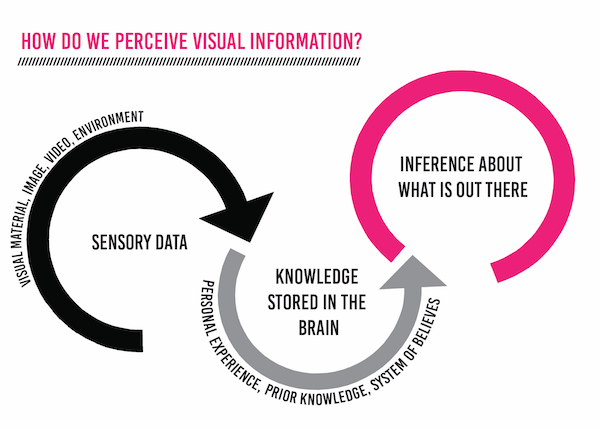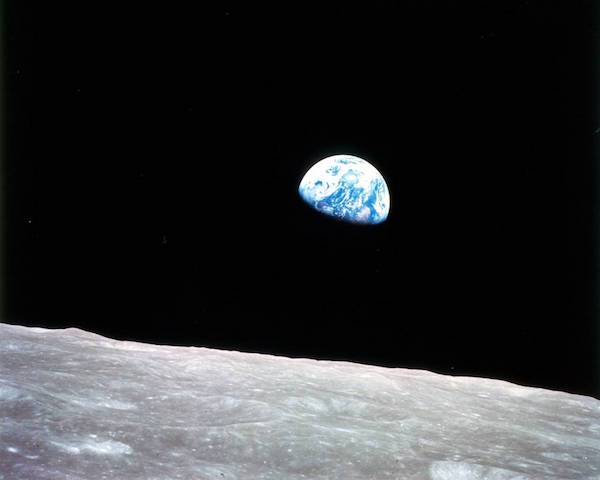![]() 6 minute read
6 minute read
Human attention is shrinking and not everyone can devote their time for the written content. That is when the power of picture takes place. The right visual materials have a large impact to the attention drawing for businesses, quality of social life and societal situation improvement. Facebook again updates its algorithm prioritizing the visual materials, Snapchat is on the top of popularity – social media[nbsp]points out that the visual content gains high influence on the world and businesses. How to use the picture for own benefit?
Visualization
of everything
A picture is perceived faster than any other content, especially when it comes to marketing. In the increasing informational pressure in the digital era, the task is to get customers’ attention as fast as possible and stay rememberable. The demand for the visual representation of information is growing. Furthermore, the capabilities of visualizing improve with new technologies.
The image helps to connect emotionally with the viewer is a matter of milliseconds. According to researchers from Massachusetts Institute of Technology, a human brain is able to process images is as little as 13 milliseconds. Marry Potter, the MIT professor of brain and cognitive sciences, explains that “the job of the eyes is not only to get the information into the brain but to allow the brain to think about it rapidly enough to know what you should look at next. So, in general, we’re calibrating our eyes, so they move around just as often as possible consistent with understanding what we’re seeing.”
Besides the speed of image perception, it is important to comprehend how human understands who he or she sees. Psychologist Richard Gregory has devoted his academic life to investigating how human senses like sight and hearing work. Richard believed that the visual perception builds up from the common sense basing on the prior knowledge and belief system perceived before the seeing the picture. He claims that nearly 90% of grasped visual information is filtered and only the rest 10 percent reaches the brain. The information from a visual material is combined with previous experiences, which influences to the perception of the material.

Image has to be attention gathering, and communicate the idea considering the background of the views.
Image-based
social media
The will[nbsp]of sharing personal life with friends has increased with creating the demand on new ways how to share the moment. The easiest and the fastest way is to “snap” the moment. As no surprise, the picture-based social platform Snapchat comes first to the mind of American teens, according to The Piper Jaffray study “Taking Stock With Teens”. The pool of 6,500 US teens showed that Snapchat is topping the chart with 28% with Instagram right behind it, scoring 27%. The verbal media platforms like Twitter and Facebook get third and fourth places respectively.
Social media has to innovate to stay fresh and interesting for its users and the latest things are concentrated on visual materials. For example, Snapchat introduced the Snapchat Discovery and live coverage of the events, like Oscars. In 2015 and 2016 Instagram and Facebook have changed the algorithms of showing new posts multiple times. Facebook offers to create automatically how-was-your-day video material collecting images and video taken through the day and share it with the network. Besides, the social media platform has launch the LiveVideo sharing and panoramic 360°images. New newsfeed algorithm prioritizes the visual and family/closest friends posts. Similarly, Instagram puts on the top the pictures with most likes, instead of following the timeline of the posts. This update leads to inequality and, eventually, the posts with less likes are more likely to never show up to in the feed. New algorithms make it harder to make its way to the customers for businesses without paying for advertising. On one side, changes trigger better quality of the ads, on the other side, it is purely profit-driven updates. Facebook tries to get on track with the demand on the visual materials. Google as well has opted for the image and video search.
How to take advantage? Regularly producing more visual content complementing the text, engaging with social media and being ready to invest in the material promotion.
Increasing
social impact
Media channels recognize the unsubstitutable power of picture. There is a number of images that have largely impacted raising the awareness and changing the global world. In his talk on Ted, Jonathan Klein from Getty Images, discussed the most iconic photos which are powerful enough to influence people and provoke the reaction and actions. Visual material helps human to connect to the story and triggers empathy. Images have no geographical borders connecting people regarding their nationality, location, religion or gender.
For example, this “Earthrise” from the first manned mission to the moon in 1968 has changed the perception of our planet. Along with other reasons, this photo has been credited for the creation of environmental movements. Seeing Earth like that for the first time helped to realize how small and fragile the planet is – and that Earth has to be valued and protected.

Image credit: NASA
Similarly, during the refugee crisis in Europe, nothing else could communicate the tragedy of the refugees than Reuters photo of the body of a drowned toddler on the beach in Turkey. The image went viral, seen by more than 20 million people, and changed the attitude in the society toward the refugees. Heart-aching photograph became iconic symbolising one of the human’s greatest challenges destroying the ignorance of many. One of YouGov reports has revealed that 9 percent of those who reported seeing this image stated that more refugees should be welcomed to UK. To quote Jonathan Klein: “Images have power to shed light of understanding on suspicion, ignorance.”
Photograph on the main page by Steve McCurry




